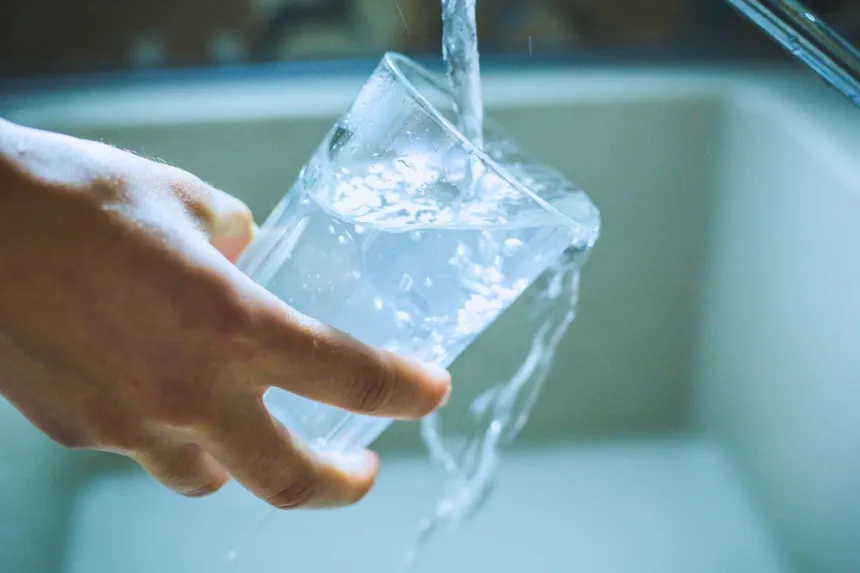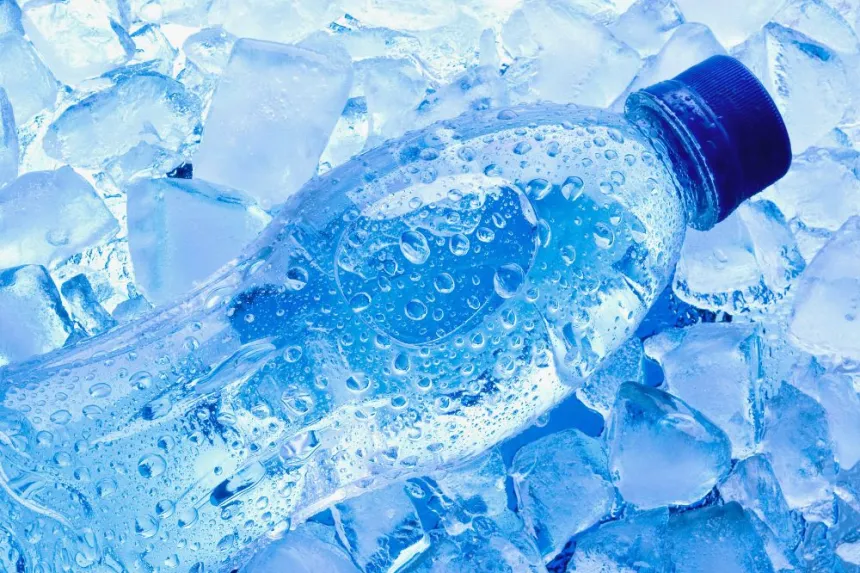Differences between purified, distilled, and regular water

Water is essential for life, and although it may seem like a common resource, its different variants can have different properties and purification processes. In this article, we will explore the main differences between purified water, distilled water, and regular water to help you choose the option that best suits your needs.
What is Regular Water?
Regular water, also known as tap water, comes directly from the public supply network. This type of water is treated with chemicals and purification methods to remove impurities and ensure its safety. However, tap water may contain minerals and other natural compounds that can vary depending on the geographic location.
Advantages and Disadvantages
One of the advantages of regular water is its low cost and easy access. However, depending on the source, it may contain contaminants that are not always removed during treatment, which can be a concern for some people.
Purified Water: What Makes it Different?
Purified water is water that has gone through an additional treatment process to remove impurities, contaminants, and microorganisms. This process may include techniques such as filtration, reverse osmosis, and disinfection. The result is higher quality water that meets specific purity standards.
Read also
Purification Process
Purification methods vary, but in general, purified water is treated beyond the standard process that tap water undergoes. This allows for the removal of substances such as heavy metals, chemicals, and other contaminants that may be present in regular water.
Benefits of Purified Water
The main benefit of purified water is its greater safety and quality. It is a popular choice among those seeking an additional level of cleanliness and freshness for their daily drinking water.
Distilled Water: Another Option
Distilled water is a specific type of purified water. It is obtained through a distillation process, where the water is boiled to create steam and then cooled to collect the liquid, leaving behind most impurities and minerals. This method is effective in removing bacteria, viruses, minerals, and other contaminants.
Read also
Characteristics of Distilled Water
Distilled water is known for its extreme purity, making it an ideal choice for specific applications, such as in laboratories and for use in appliances, where mineral-free water is required.
Considerations Regarding Distilled Water
While distilled water is pure, its lack of minerals may be a disadvantage for those seeking a more pleasant taste or the benefits associated with the natural mineralization of water. Additionally, its cost is generally higher than that of regular and purified water.
Final Comparison
When choosing between regular, purified, or distilled water, it is important to consider your specific needs. Regular water is eco-friendly and economical but may contain impurities. Purified water offers more safety and is a step up in quality, while distilled water is the purest option but lacks essential minerals.
Conclusion
Understanding the differences between these types of water is vital for making informed decisions that impact your health and well-being. If you want to delve into other related topics, I invite you to continue reading more articles on my blog. Your quality of life can improve with accurate information!











































